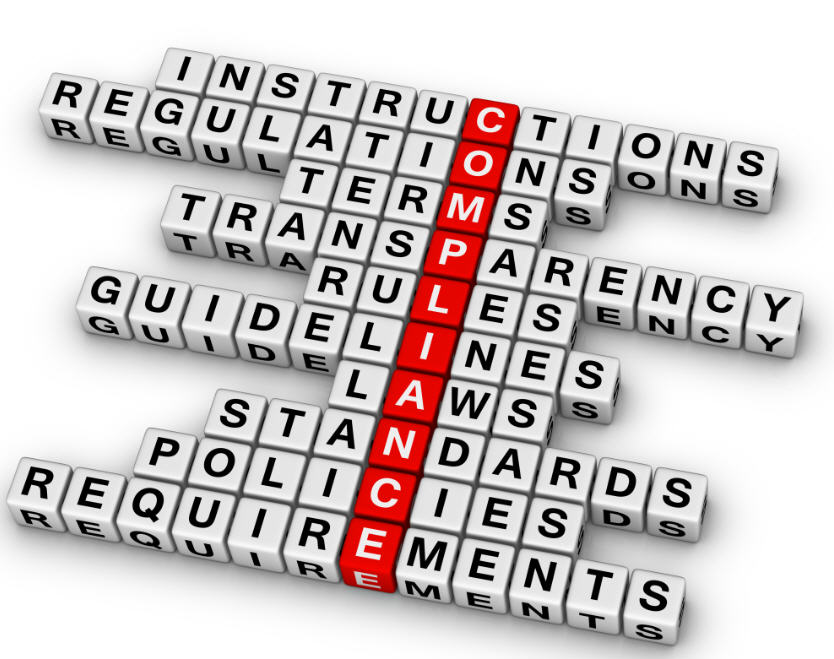Regulators’ Need For Speed!
March 14th, 2013

(No, this is not a paid advertisement for Electronic Arts for those of you confused by the blog title!)
Whether it’s Painting The Tape, Layering, Front Running, Quote Stuffing, or old-fashioned Insider Trading that’s at stake, regulators have an increasingly challenging task conducting appropriate and sufficient surveillance and monitoring of capital markets activities. The whole “not-knowing-what-you-don’t-know” syndrome is a worrisome one for regulators in any country, for it represents to all market participants that prohibitive or manipulative activity can occur, typically in a market’s least well-known and least-regulated corners. For the average John Doe consumer, this realization makes people tune out and dis-engage from participating in market activity.
Couple this with the fact that the sheer pace of change in the markets has been transformative, and you end up with a frightening combination if you’re a national regulator in one of the world’s major markets. According to Scott Patterson’s book, Dark Pools: High-Speed Traders, AI Bandits, and the Threat to the Global Financial System, new platforms give clients the ability to get data in 600 nanoseconds (that’s six-hundred billionths of a second) and the average time a stock is held continues to shrink: “At the end of World War II, the average holding period for a stock was four years. By 2000, it was eight months. By 2008, it was two months. And by 2011, it was twenty-two seconds.”
Suffice to say that as trading speeds increase around the globe (and volumes in some markets increase), it’s reasonable to assume that surveillance needs continue to grow. And whether pushed ahead by EMIR in the UK or Title VII of Dodd-Frank Swaps in the US, the challenge of being able to both (a) conduct comprehensive surveillance and (b) chase the offending party down in a reasonable amount of time is a growing challenge for the rule of law.
This second issue of finding the offending party guilty within a reasonable amount of time should not be ignored. February’s decision by the U.S. Supreme Court raised the bar significantly for the Securities and Exchange Commission. In the case (Gabelli v. Securities and Exchange Commission), the Court decided that the SEC has to complete the full lifecycle of an investigation within five years of the date of the illegal or fraudulent incident occurring.
Knowing that the SEC is probably not likely to receive additional significant staffing in the year to come, due to ongoing budgetary issues in Congress, the time for modern trading surveillance that provides a quick diagnosis of prohibited trading practices is here and now. Whether it’s deployed by the relevant agencies, or whether it is used by the firms that the agencies are monitoring and regulating, is almost besides the point. Once the five-year time limit is reached, guilty parties will (in most cases) be able to walk away without any imprisonment or fine; the sooner an investigation begins, the better!




